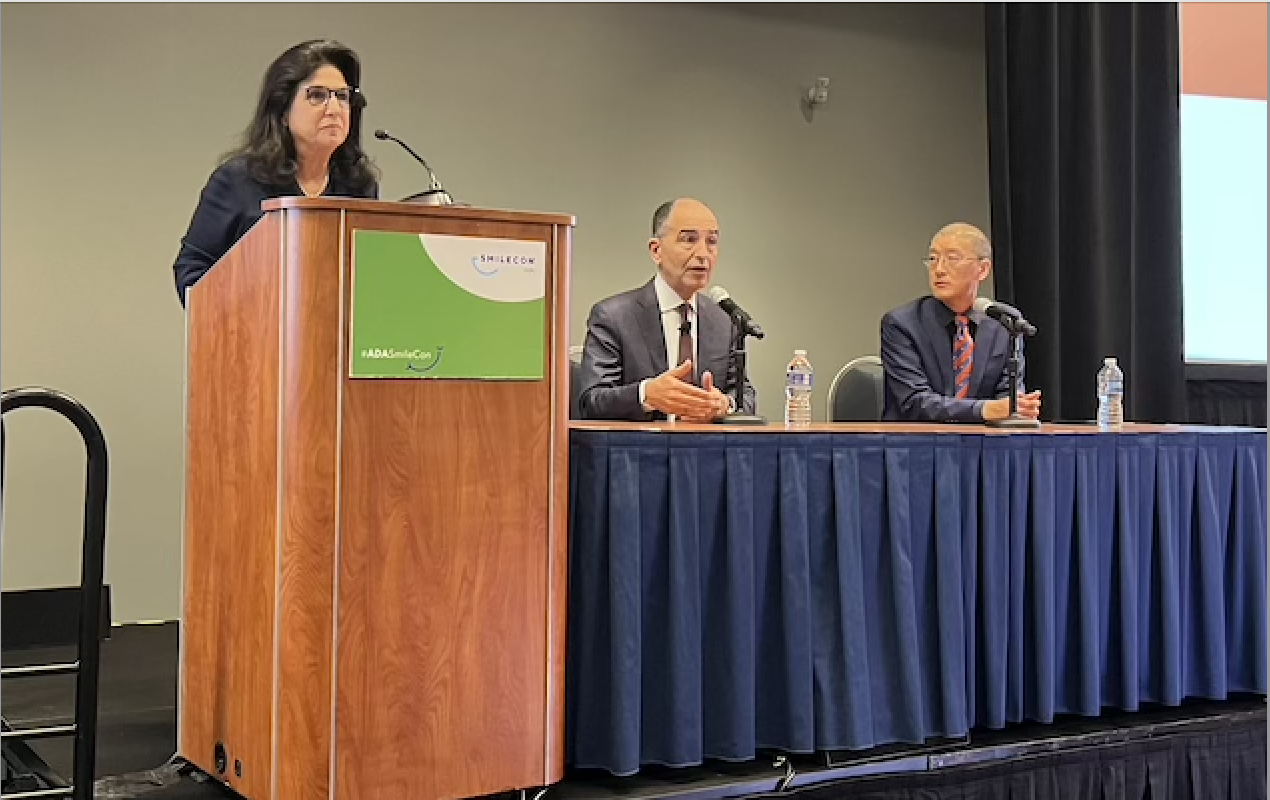The art of managing fluoride misconceptions
Dental leaders share insights on dental caries at SmileCon session

Did you know dental caries is the most prevalent health condition worldwide?
The Caries Conundrum: Managing Fluoride Misconceptions, an Oct. 23 session at SmileCon 2025, addressed this fact and many other aspects of dental caries, including risk factors, the importance of high-dose fluoride applications in pediatric dentistry, management of fluoride hesitancy, and the latest evidence-based anti-caries solutions.
Sponsored by Colgate, the symposium provided an update on best practices and future trends in dental caries prevention and management, arming dental professionals with practical skills to drive progress in oral health care in their practices and communities. Speakers included moderator Maria Ryan, D.D.S., Ph.D., executive vice president and chief clinical officer at Colgate-Palmolive Company; Donald L. Chi, D.D.S., Ph.D., professor and associate dean for research at the University of Washington School of Dentistry; and Amr M. Moursi, D.D.S., Ph.D., professor and chair of the department of pediatric dentistry at the New York University College of Dentistry.
The symposium discussed the main sources of fluoride, why some parents and communities are hesitant about fluoride, and how to implement a multi-level communications strategy. It concluded with a question-and-answer segment, where each of the three experts responded to audience inquiries.
Dr. Moursi said dental caries is a significant public health concern, but that there are ways of preventing and managing it early as long as dental professionals continue to advocate for fluoride as a safe and effective way to prevent tooth decay.
“Hopefully we can reduce [dental caries] by looking at this contextually – how it’s affecting the entire body and the entire society, and identify early, intervene early. Fluoride still has the most evidence for being safe and effective in all its various iterations,” Dr. Moursi said.
Dr. Chi tackled the question of why some people — oftentimes parents — are against fluoride and how to address these types of patients in the clinic. He outlined general strategies for dentists to use, encouraging attendees to keep in mind that fluoride hesitancy exists along a spectrum. Tactics include recognizing that there’s a fluoride concern, communicating caries risk, providing fluoride-based recommendations and maintaining communication.
“These decisions may take multiple visits, these conversations may have to take place over multiple visits. So [don’t] cut that communication off, and know that this may take some time,” Dr. Chi said.



